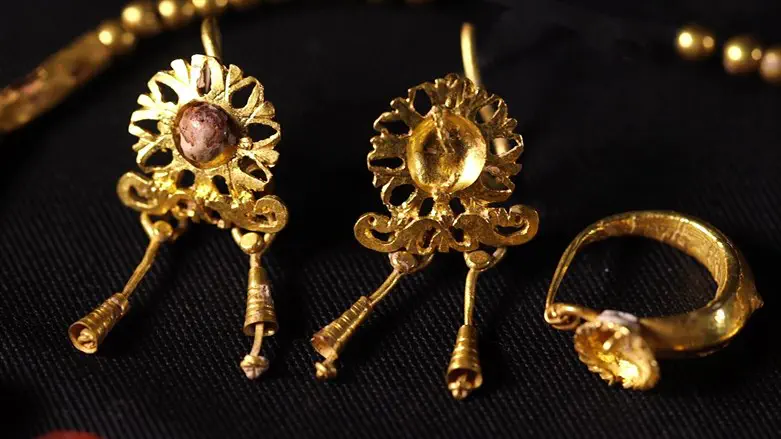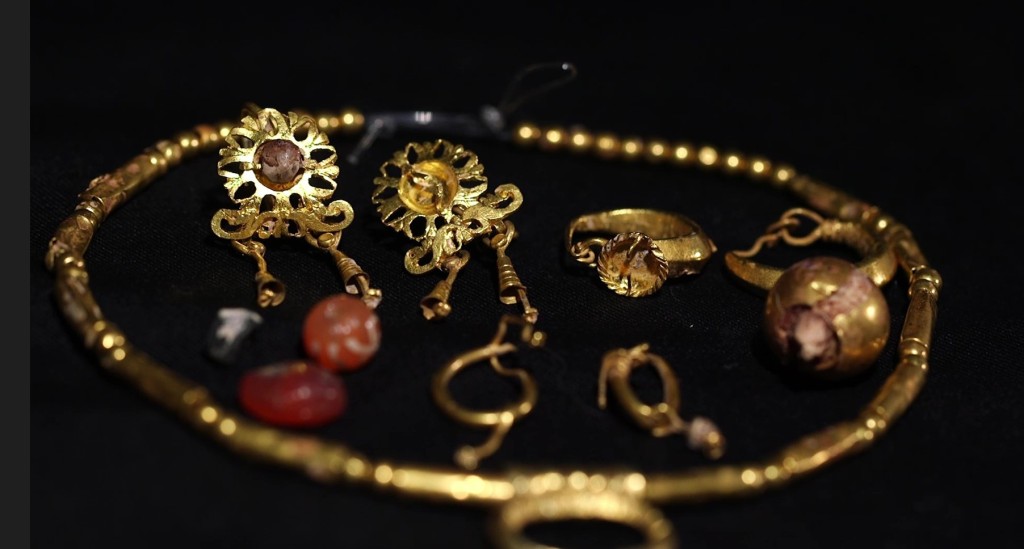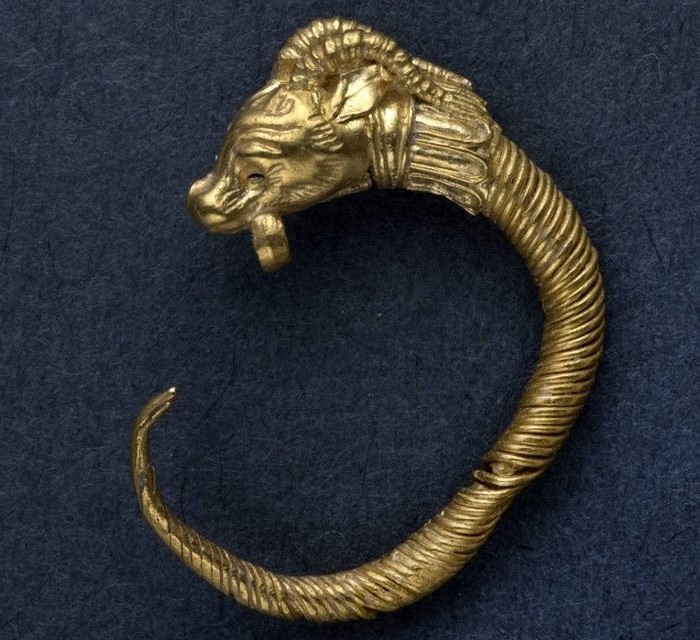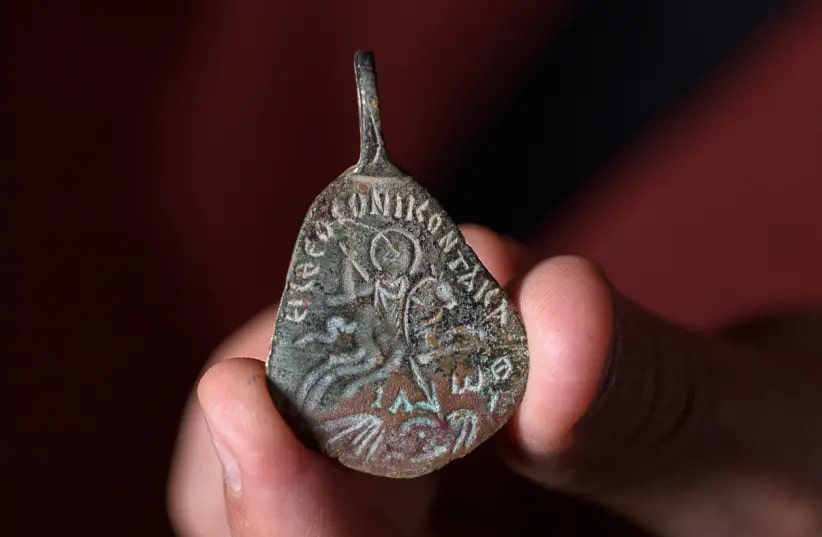
Jerusalem the Golden: Why were young girls buried, adorned with fine gold jewelry, in Jerusalem in the Roman period?
The new research uncovered the remains of a lead coffin discovered on Mount Scopus, containing jewels including gold earrings, a hairpin, a gold pendant and gold beads, carnelian beads and a glass bead.

The jewels were discovered in 1971, in an excavation carried out by Yael Adler (deceased) of the Israel Department of Antiquities but the finds were not published.
The jewels were recently located in the context of the Israel Antiquities Authority’s “Publication of Past Excavations Project”, whereby old excavations that were not fully published are now being published.

“The location of the original reports that gathered dust over the years in the Israel Antiquities Authority archives, and physically tracing the whereabouts of the items themselves, has shed light on long-forgotten treasures,” says Dr. Ayelet Dayan, Head of Archaeological Research Department, who heads this project. “The beautiful jewelry that we researched is an example of such treasures.”
Dr. Ayelet Dayan, Ayelet Gruber and Dr. Yuval Baruch of the Israel Antiquities Authority, who carried out the research on the jewelry, consider that the very valuable items that bear the symbols of Luna, the Roman moon goddess, also accompanied the girls in their lifetime, and after they died, they were buried with them in order to continue to protect them in the afterlife.

According to their research, two similar gold earrings were discovered in another excavation carried out by Prof. Vassilios Tzaferis on behalf of the Department of Antiquities on the Mount of Olives in 1975. “It seems that the girl was buried with an expensive set of gold jewelry that included earrings, a chain with a lunula pendant, and a hairpin,” say the researchers.
“These items of jewelry are known in the Roman world, and are characteristic of young girl burials, possibly providing evidence of the people who were buried at these sites.

Late Roman Jerusalem—renamed Aelia Capitolina—had a mixed population that reached the city after the destruction of the Jerusalem Temple and the evacuation of the Jewish population.
People from different parts of the Roman Empire settled in the city, bringing with them a different set of values, beliefs and rituals. The pagan cult of the city’s new population was rich and varied, including gods and goddesses, among them the cult of the moon goddess Luna.”
